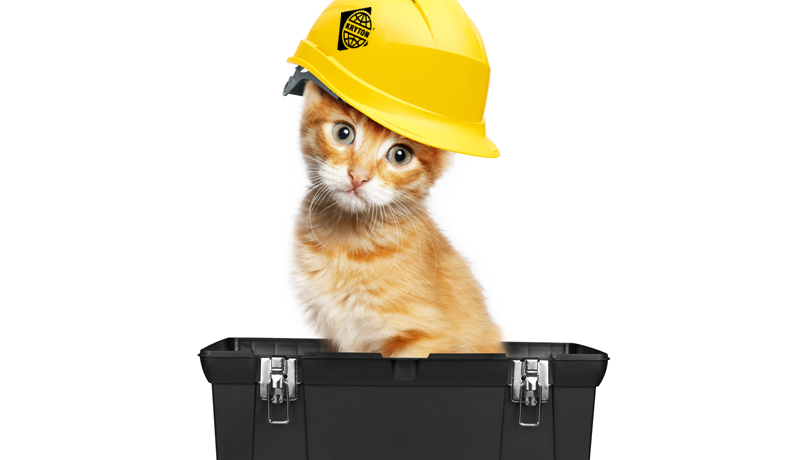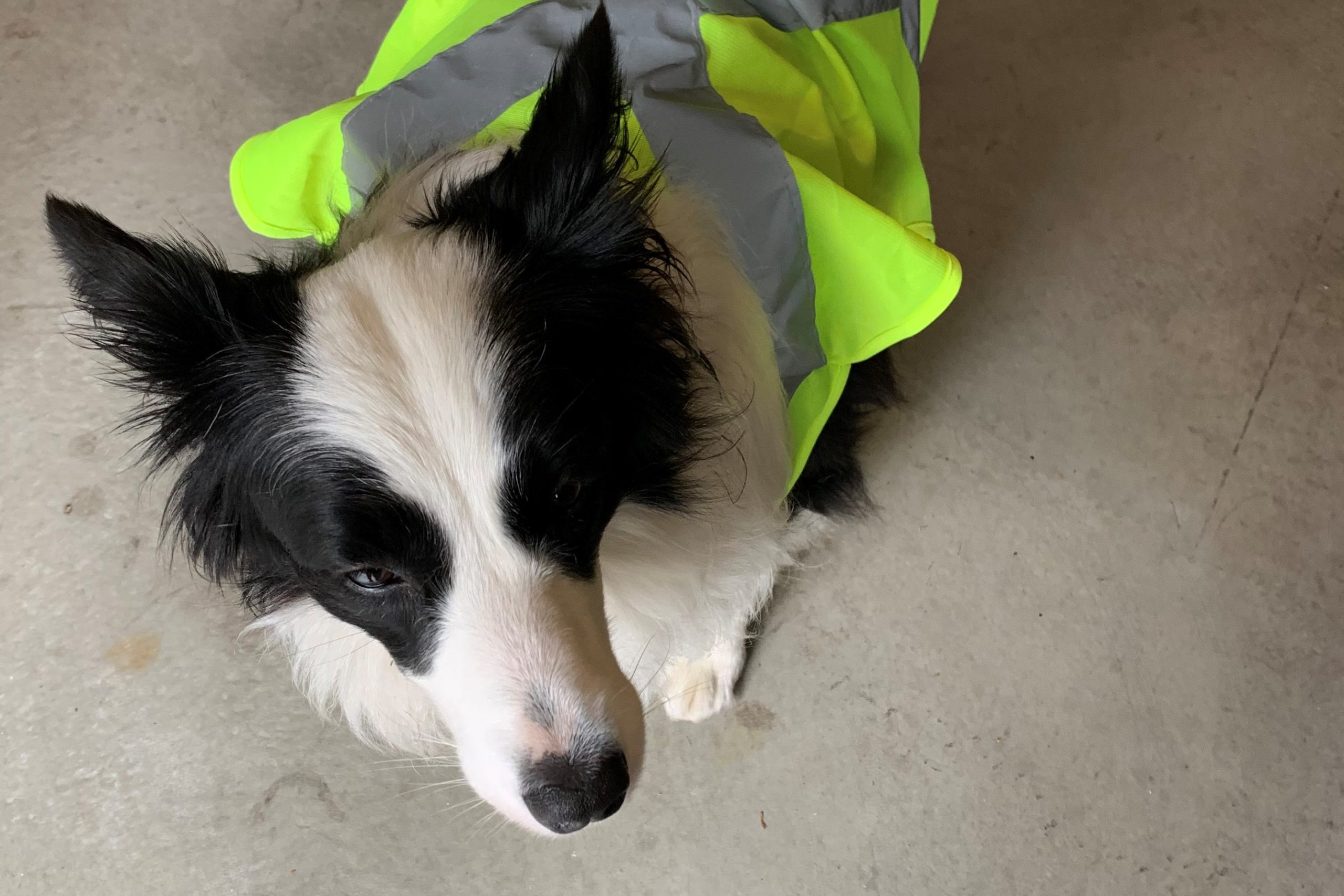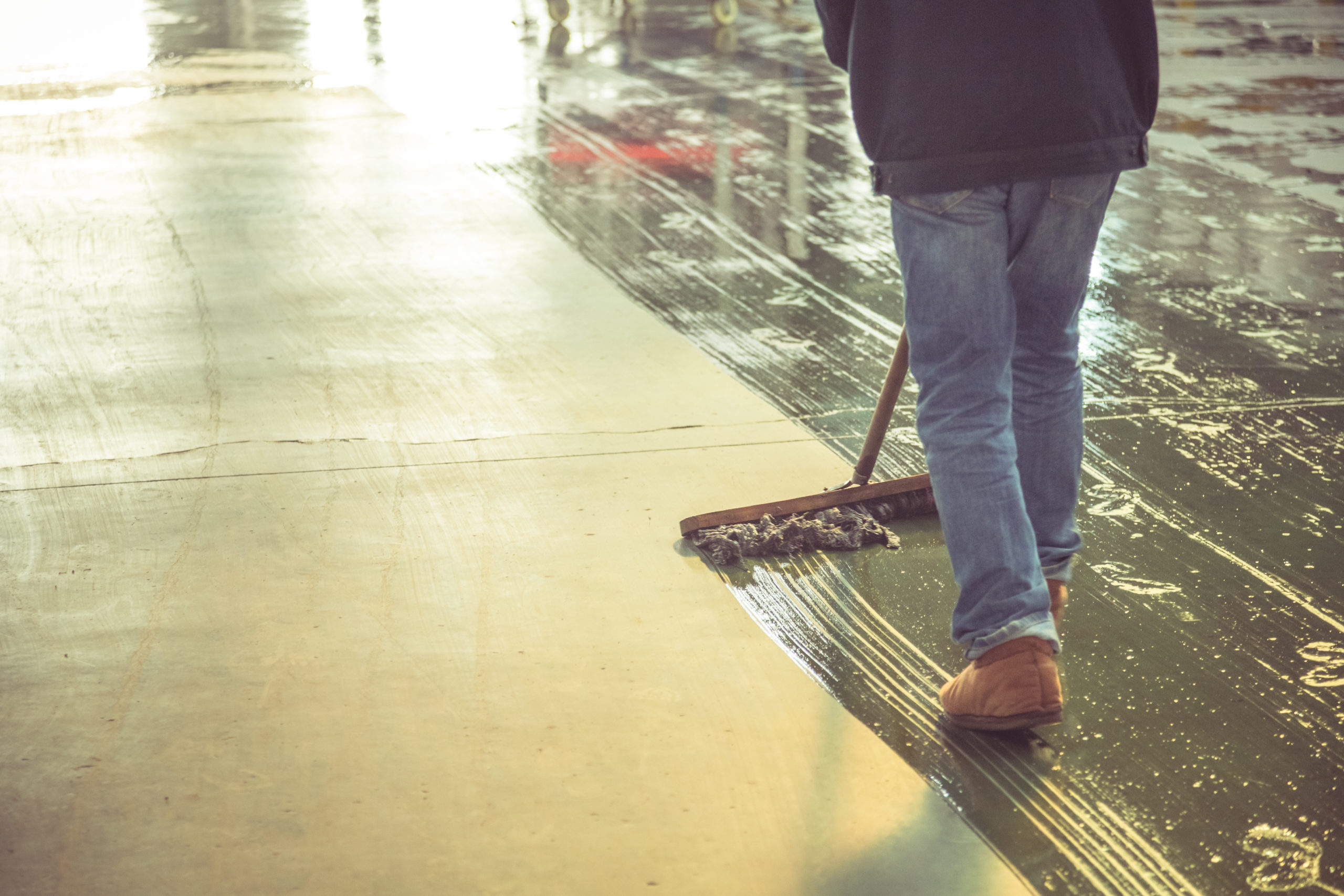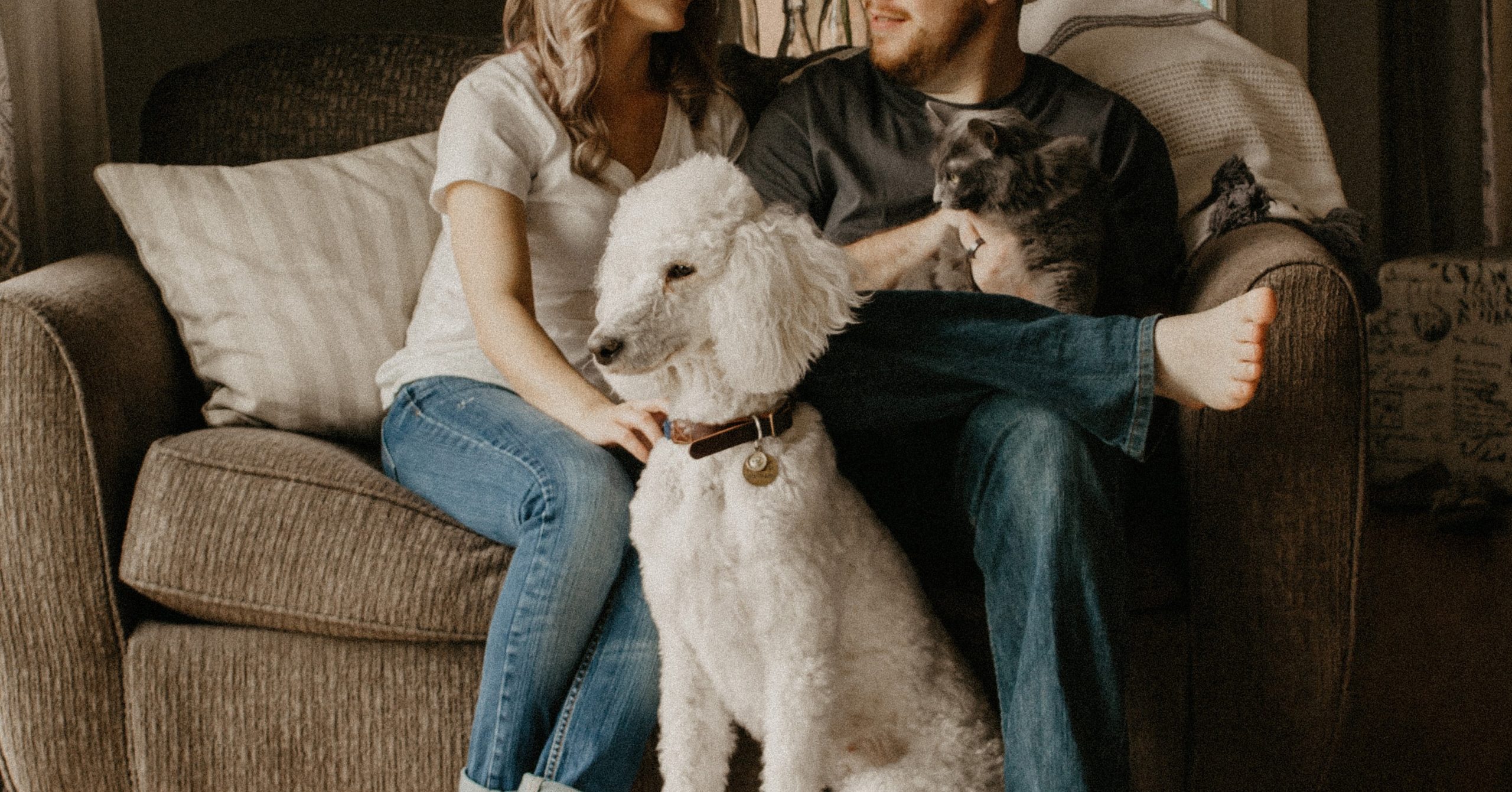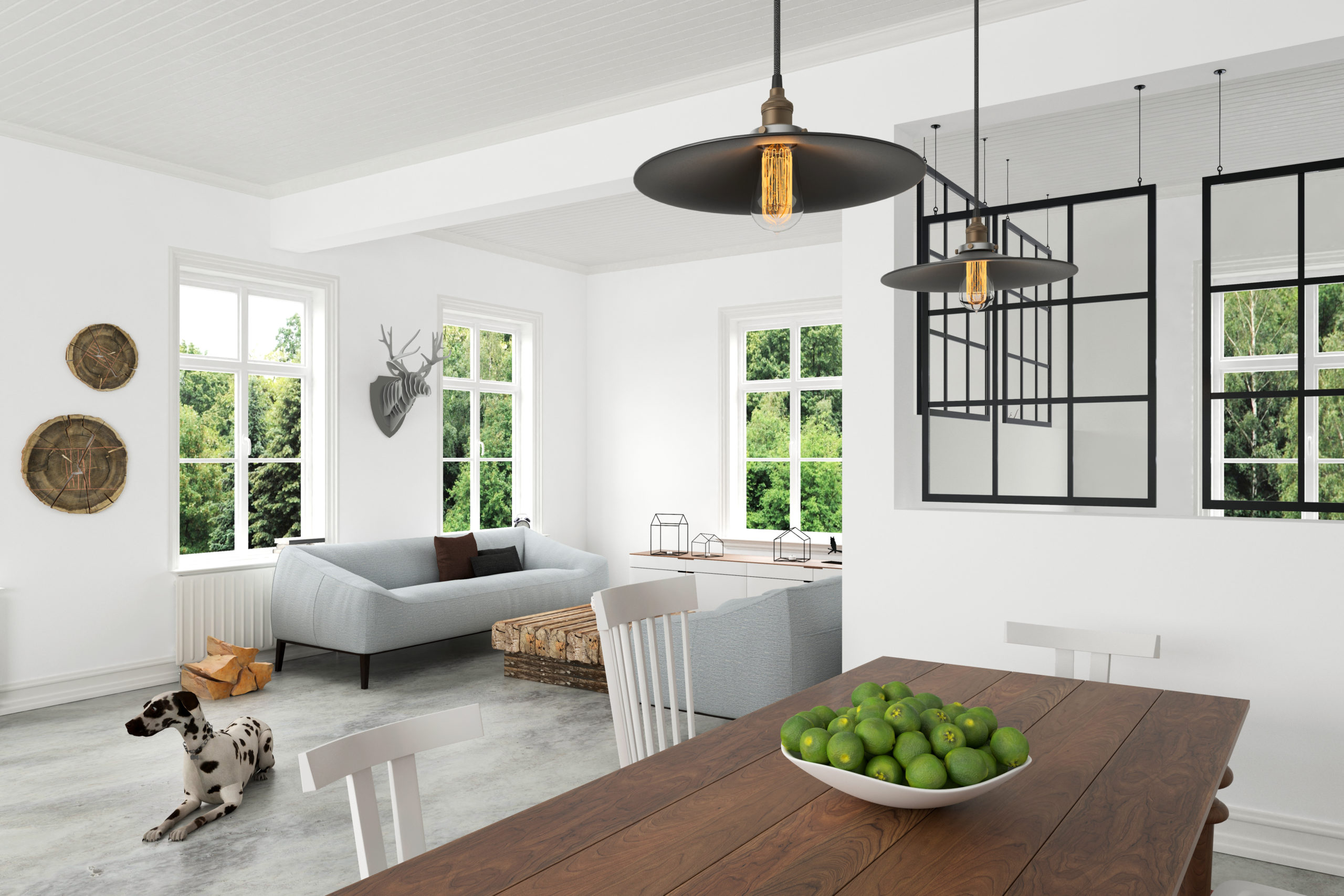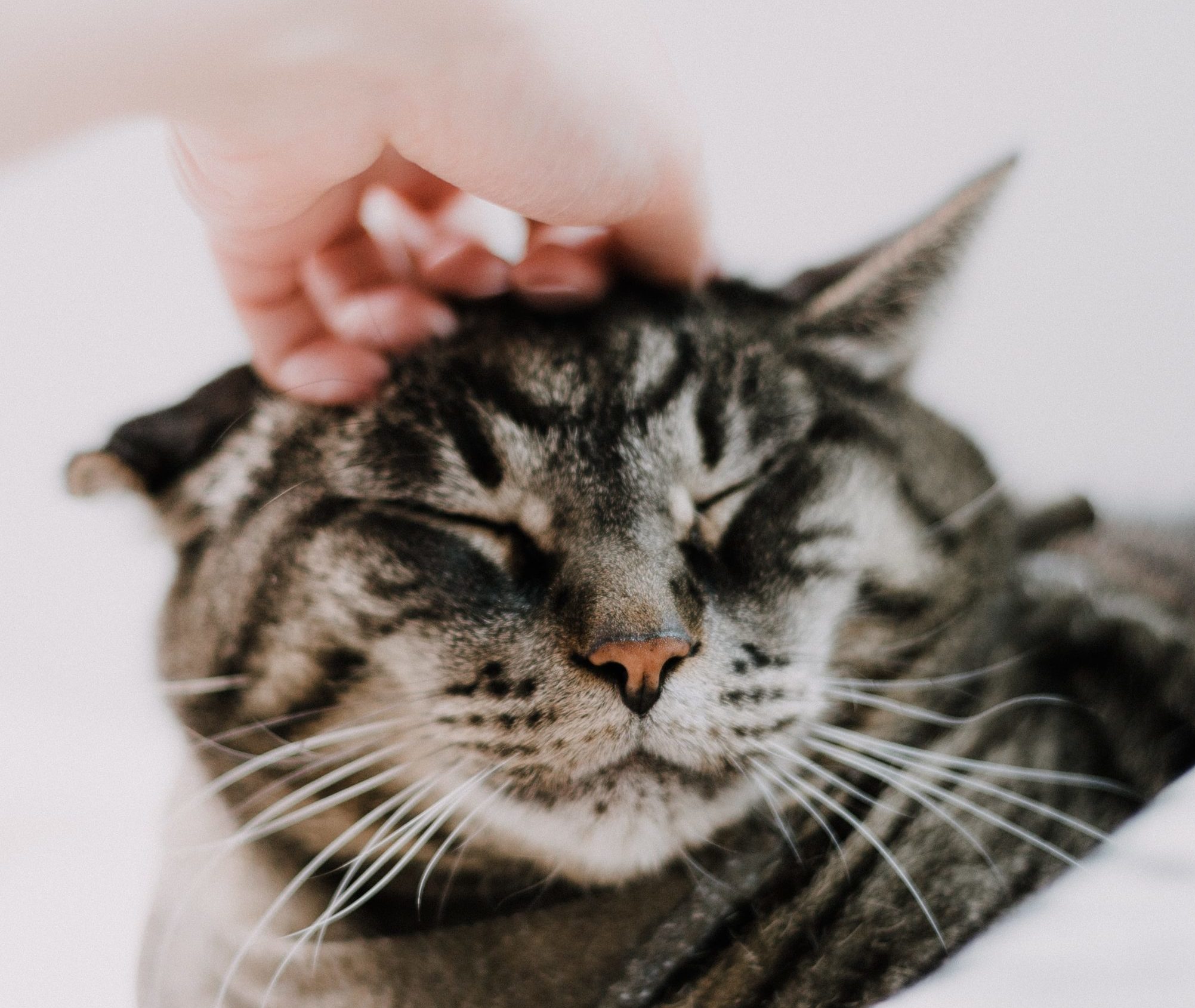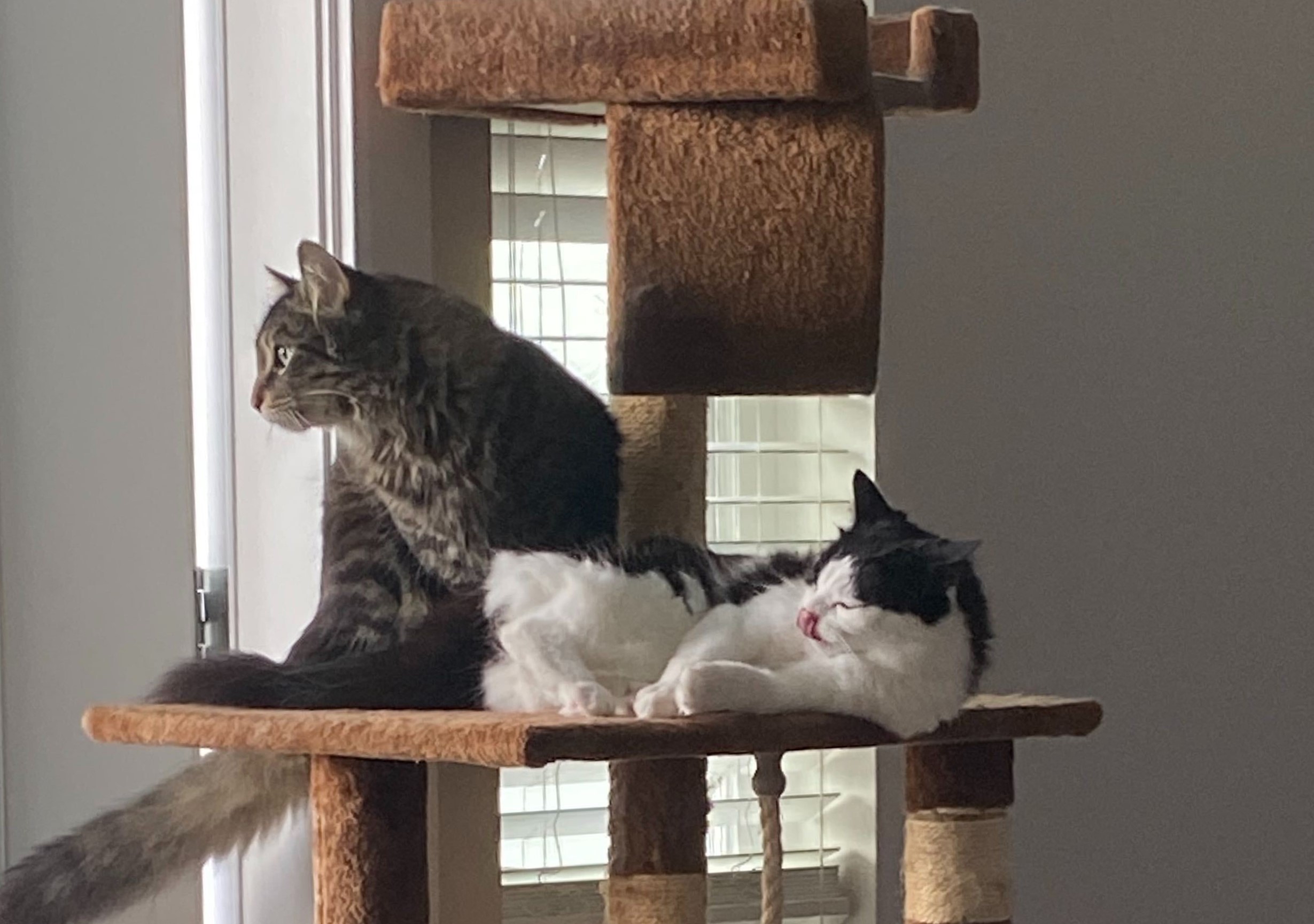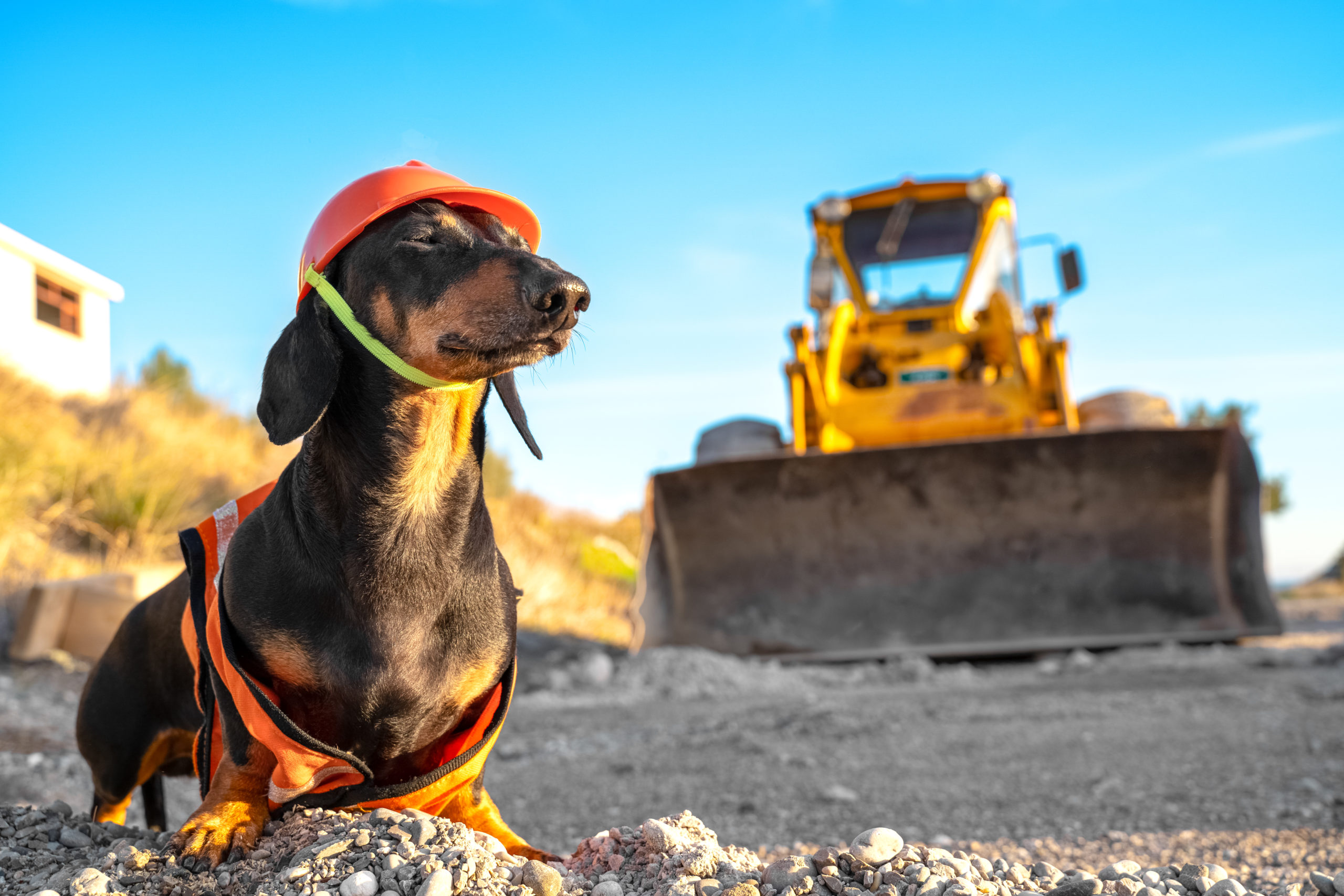Category
- Concrete Best Practices
It’s National Pet Insurance Month in North America, so to celebrate, we’re sharing our thoughts on pet-friendly construction. After all, in the past year, 67% of households in the United States of America (USA) have owned a pet. And just 57% of Canadian households did the same. That adds up to thousands of pet owners. Many of which will be thinking of how they can best assure the safety and comfort of their pets this month.
In fact, in just the USA alone in 2018, pet owners spent a little over $72 billion on their beloved companions. So you can imagine just how profitable it could be to cater to pet-loving clients.
Other companies have already taken notice of this pet-tastic opportunity themselves. For instance, construction has recently been planned for the development of pet-friendly transitional housing in Toronto this year. And even as far back as 2014, a couple of homebuilders started offering pet features for their constructions. One even offered full-on optional pet suites and spas!
Still, there is plenty of untapped potential out there for you.
So, what can you do to get in on this growing trend with the purrfect project of your own? Just follow our guide here. We’ll go through a number of tips that could make your next construction project a pet parent paradise.
Start with the Flooring
Whether you’re handling a residential project where the owners want a comforting home for their companions or a commercial project where businesses want to go all out for Bring Your Pet to Work Day, you’ll want to give your client a good sturdy floor. There are many types of flooring available, however. So it can be hard to determine what will offer the best material to survive a set or two of wandering paws or claws.
Consider Pet-Proofing It with Concrete
When it comes to pet-friendly construction, you’d be surprised at the advantages that concrete offers.
For One, Concrete Makes for Stress-Free Cleaning
With other floors, pet owners know they’re in for a lot of work. For instance, if they end up with laminate, any pet accidents could permanently ruin that flooring as it is not generally resistant to any form of moisture.
Even worse, if they end up with carpet, they’ll have to deal with potential stains that may or may not come out. Some might even cause owners to pay to repair entire portions of their floor. All of which does not make for a happy pet parent.
But you can easily do away with this and please your client at the same time just by using concrete. With this flooring, all pet owners will need to do is simply mop up whatever pet accidents occur. And if the concrete is properly sealed, it could also resist any potential urine stains.
It Even Offers a Healthier Space for Those with Pet Allergies
Unfortunately, pet allergies are quite common. Up to as many as three in 10 people with allergies will also experience allergic reactions to cats and dogs. And that’s not even taking into account the reactions others might have to different pets!
That can be a particular issue if you decide to go with carpet flooring. After all, the material can trap allergens. Initially, that doesn’t sound so bad. Even some in the carpet industry will argue that this means that there will be fewer allergens free to float in the air. However, any movement that disturbs the carpet will also disturb all those trapped allergens.
And of course, that’s not all carpet can contain! Some can come with volatile organic compounds (VOCs).
These problematic emissions can cause irritation to a person’s eyes, nose, and throat, give that person a headache, and even damage their liver, kidney, and central nervous system. In short, VOCs are no small matter.
Going with concrete, however, could make them a non-issue entirely for your client. Stained with non-toxic pigments, concrete floors do not release VOCs and their surfaces don’t trap allergens either, making your flooring choice easier and your client happier.
There’s Also Less Damage to Worry About
For clients who have overzealous pups or kitties to worry about, concrete is still the way to go! Other floors might suffer serious gouging from a pet’s playful claws. But as a strong and durable material, concrete is pretty resistant to any damage, including any a pet might make.
And Pets and Their Owners Can Even Enjoy Extra Coziness
For an optional feature, you could even offer clients a way to heat their concrete flooring with radiant heating. That gives their pets a warmer, cozier environment, adds to the owners’ enjoyment of their surroundings, and adds value to your own construction.
Most importantly, despite it being more common in warehouse flooring and similar avenues, concrete has caught the attention of some interior designers. They’ve discerned a number of ways that this flooring can appeal to the tastes of homeowners and business people who might not otherwise frequently come across it in their space.
Don’t Forget That There Are Ways to Enhance the Concrete’s Performance
For extra assurance that the concrete will withstand wear and tear from pets and more, try looking for products that’ll enhance its performance. For instance, if you want to boost its abrasion and erosion resistance, we suggest using Hard-Cem®.
Once added to a concrete mix during batching, this integral hardening admixture will increase the hardness of the concrete paste and extend the concrete’s wear life. From there, it will be able to resist significant erosion and abrasion without affecting critical factors like concrete water demand and workability. And it works well with a variety of concrete mixes. So even if you’re dealing with air-entrained concrete for those colder climates, you can still ensure your clients have a highly durable concrete with little worry on your end and no need for surface application work.
Move on to Designing the Surroundings Resting on Top of That Flooring
So, you’ve got your flooring covered. Now, you need to figure out what should go above it. To help you get started, here are some great pet-friendly choices to consider.
Dedicate Specific Washroom Spaces for Pets
It might seem extravagant, but it’s a great opportunity to cater to pet owners. A dedicated washroom space for pets can ensure the majority of pet messes are relegated to one area. So when owners need to groom their dogs or give their cats space to relieve themselves, they don’t have to worry about messes occurring throughout their home.
If your project is more of a business or industrial type, this strategy can still work for you. After all, no matter where they are, pets do eventually need to use the washroom like the rest of us!
That is especially critical for those who rely on service animals at home and outside the home. In recognition of this, even Victoria International Airport has hired construction workers to build a pet washroom space.
So no matter your type of project, adding in this extra space can only give it more value.
Create Cat-Centric Focal Points for Felines to Enjoy
If you know your project will cater to cats in some capacity, think about what each room could offer them.
Before you do though, it’s important to note that cats are simultaneously predator and prey. As a result, they instinctually like to get up to the highest vantage point. That gives them a way to hide from predators, see when predators are coming, and keep an eye out for any tasty-looking prey all at the same time.
In short, you’ll want to consider building in little nooks and crannies closer to the ceiling for cats to hide in.
Of course, cats aren’t always patient, watchful creatures. They also have their own excess energy to burn off, much like dogs! However, they tend to do so indoors. Usually, owners bring in their own cat toys and furniture for this. But you can always save the day by incorporating cat trees into your construction project’s design. Designed to emulate real trees, but with extra hiding places and dangling pom-poms, cat trees give felines plenty of ways to play around and spend some energy.
Other designs that might appeal to a playful cat’s interest could also include building a miniature staircase into the wall alongside the actual staircase owners will use. That way, the cats can have their own way of wandering up and down floors without getting underfoot.
You could also simply just add a beam or two near the ceiling with some large furniture (or a cat tree!) nearby for cats to climb as high as they can and run around up top on the beam when excited and observe when not.
But Keep in Mind There Are Other Pets to Accommodate for as Well
Still, the pet-catering mindset isn’t always metaphorically raining cats and dogs! There are other pets for you to accommodate as well.
For instance, rabbits, guinea pigs, fish, and even snakes all need a place to stay. So why not create a built-in space that could function as either a cage for small rodents or a sturdy resting place for a fish or reptile tank?
There are even ways you could easily bird-proof a place! One easy bird-friendly method is to install drapes, blinds, or shades. That ensures any birds indoors will stay away from transparent window glass they would otherwise fly into. You might also consider doing away with ceiling fans as those can be particularly dangerous for birds if they happen to fly near them.
Make It All Happen with a Pet-Friendly Construction Zone
With all these tips, you’re ready to get started on your pet-friendly project! However, if you are a fellow pet parent of a dog or cat yourself, you can make this construction extra pet-approved with a pet-friendly construction zone.
To start, ensure that any pets coming to the worksite have the right identification. Without it, pets could easily find their way out and become lost. After all, there will be plenty of escape avenues for a pet. Worksites often have lots of open spaces. And there’s easy access to all that space as construction workers will be entering and exiting from a number of worksite spots.
Of course, these workers should know about any pets on the premises in the first place. So make sure you warn them and anyone else involved in construction. During those talks, you’ll also want to agree on a safety plan for any pets.
Part of that plan should include creating a safe zone where owners can leave their pets to rest and avoid the chaos of construction when they want to. This can be just an enclosed space of sorts with all the typical pet supplies and comforts. So keep it stocked full of bedding, food, water, and any beloved toys. This will be an especially safe space for when particularly loud construction happens.
Keep all this in mind, and soon, you and your furry friend will be on your way to building that purrfect pet project together!

